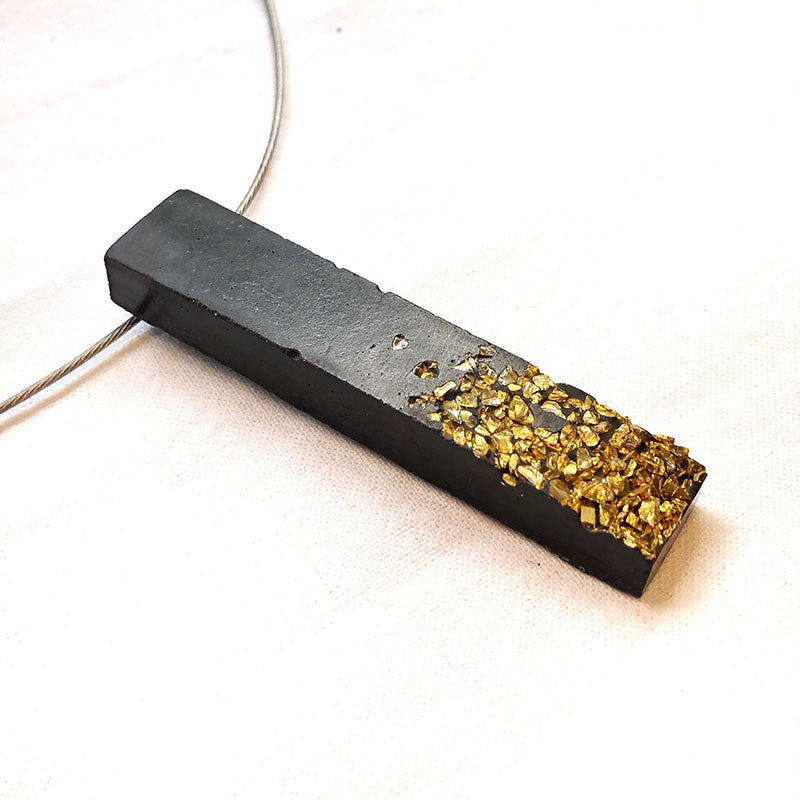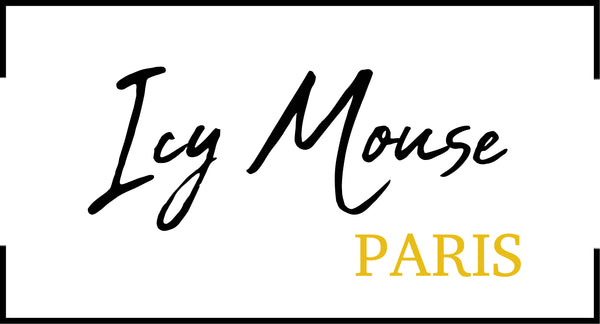
Contrast in Contemporary Art and Jewelry: Learning to Rethink Our Perceptions
Why do contrasts fascinate us so much? In contemporary art, as in jewelry, they captivate and challenge us.
In the new Justine collection , this contrast is at the heart of each piece: smooth, deep black concrete , embedded with golden glass crystals , like shards of light piercing the shadows. It's not just a play on materials—it's a dialogue. Between concrete, a raw, urban, almost silent material, and crystal, fragile, precious, luminous. Between these two elements, a tension, a poetry, a vibration is created.
Contrast is one of the fundamental driving forces of contemporary art. Beyond simple visual opposition, it can become a sensory and emotional tool by provoking, challenging, and making us think. It can take multiple forms, which I have chosen to illustrate here with artists I admire and who inspire me:
• Contrast between accumulation and destruction , in Arman: the series “accumulations” and “rages” used with the same objects: violins, watches, tubes of paint.
• Contrast between interior and exterior (or between emotion and coldness) as in the house entirely tiled in white by Jean-Pierre Raynaud which he lived in for 24 years .
• Contrast of scale , where the minuscule confronts the monumental like the giant spiders of Louise Bourgeois.
• Contrast between the familiar and the hostile, gentleness and threat in Mona Hatoum's work, like this partition made of monumental kitchen graters or the bed topped with nails.
• Contrast between full and empty as in the hollow sculptures of Anish Kapoor which destabilize the spectator who does not know if he is looking at an abyss or a solid object.
• Contrast between presence and absence , as in Marina Abramovic's performance The Artist is present where her stillness and silence become a powerful act of connection with the audience.
Ultimately, what the use of contrast in contemporary art reveals is a desire to bring out a creative tension, an imbalance that forces us to see differently. To step outside the comfort of coherence. These oppositions bring out deep, sometimes contradictory emotions, which lead us to rethink our perceptions, to question hierarchies and the value we place on things. To ask ourselves what is truly precious. Contrast opens up a space for doubt, ambiguity, and nuance.
